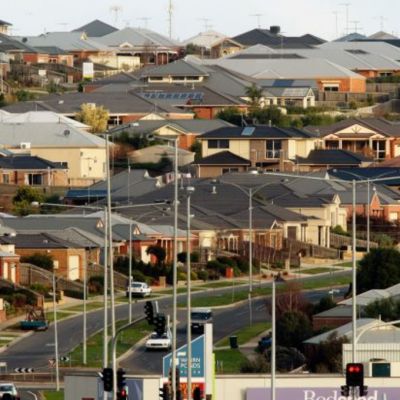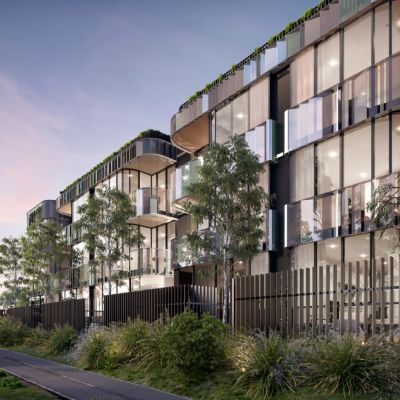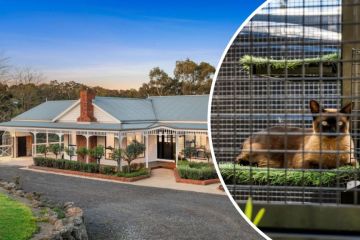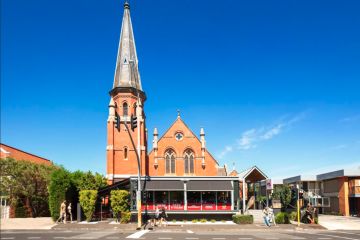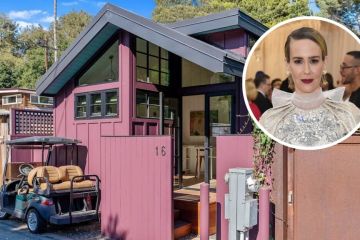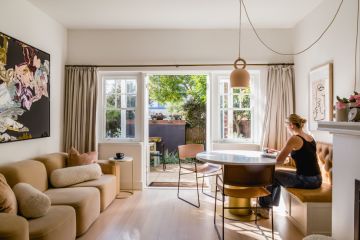'Giving up size for proximity': Australia's newly-built houses are the smallest they've been in 17 years
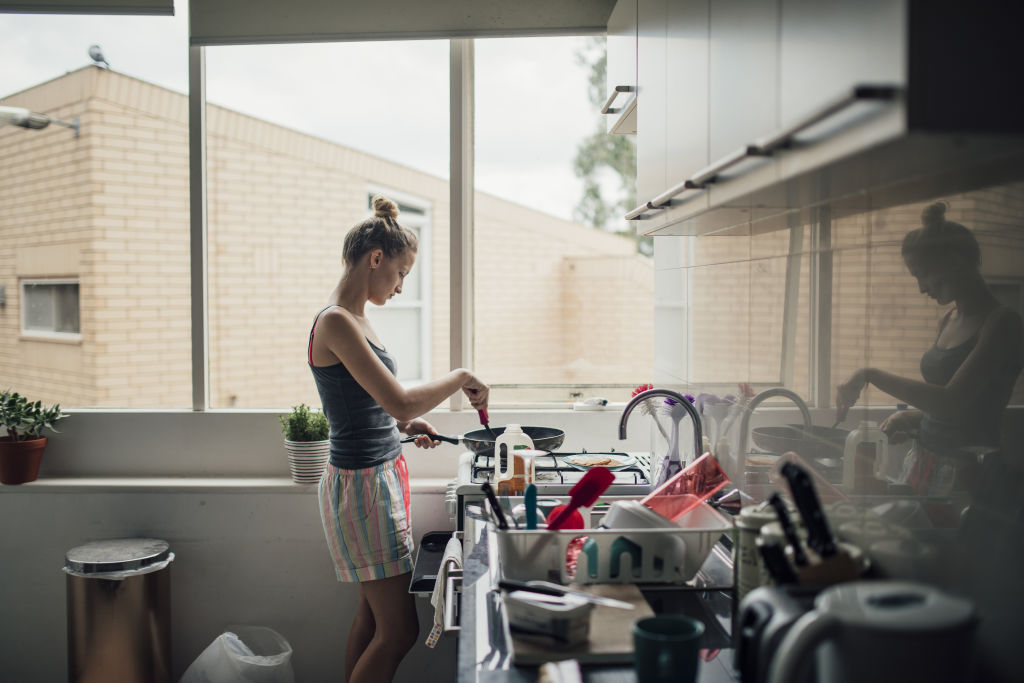
Australia’s newly built homes are the smallest they have been in 17 years, while new apartments are getting slightly bigger, research shows.
Homes are now 1.3 per cent smaller than they were a year ago, averaging 228.8 square metres. This is the smallest they’ve been since 2001-2002.
The CommSec Home Size Report released today also revealed that apartments are getting larger – with newly built apartments now averaging 128.8 square metres – 3.2 per cent larger than a year ago.
CommSec chief economist Craig James said a push by millennials to live in apartments closer to the city has fuelled a change in the size and type of homes being built across the capitals.
Downsizers have also influenced the change, as they look to shift to a low-maintenance and smaller townhouse or apartment.
“Millennials, are wanting to live closer to cities and are giving up size for proximity,” Mr James said. “Baby boomers are now saying ‘I don’t need this five-bedroom house anymore’, and are selling up to live somewhere smaller.”
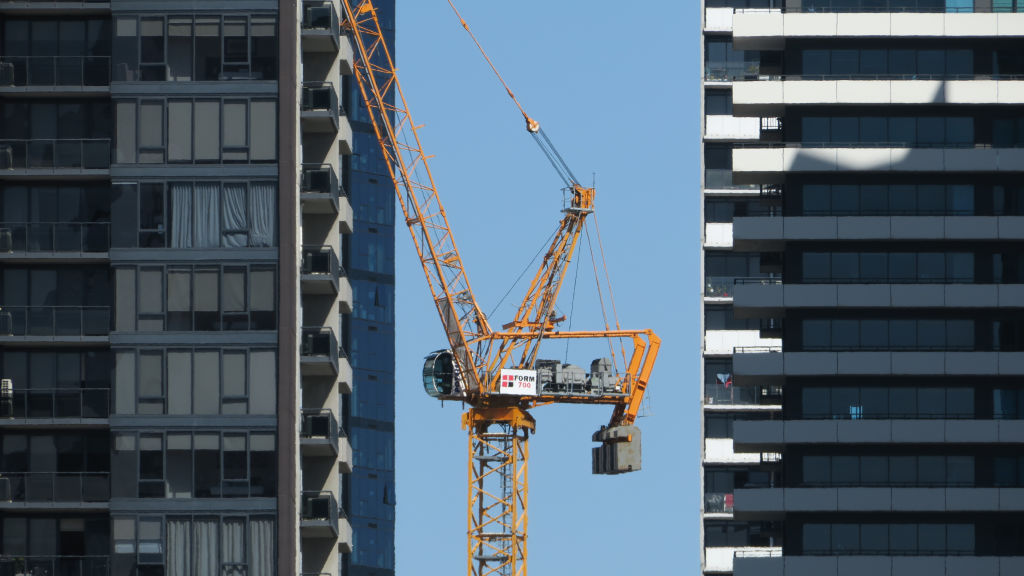
Mr James said urban consolidation, in which apartments and smaller townhouses fill in available land in the inner city, along with changes to planning rules, had also allowed for smaller homes to be built across the country.
“Sydney in particular is focusing on building apartments rather than free-standing houses,” he said.
NSW has one of the smallest new-built homes across the country at 221 square metres, which is 10 per cent smaller than Victoria’s 246 square metres.
The CommSec report also shows that Canberra leads the way in house size across the country. The ACT has an average newly built house size of 251 square metres.
This was more than Perth’s 225.3 square metres and Brisbane’s 223 square metres. Tasmania’s homes were not only the smallest in the country, but the smallest they had been in 23 years in the state, with new homes an average 178.5 square metres.
Mr James said Canberra’s houses were the biggest, but the research showed fewer were being built, with the majority of new builds in the past year being apartments or townhouses.
This could be due to people from other capital cities building a second, smaller home in Canberra where they worked, he said.
While lifestyle was one of the factors influencing house size, affordability was also having an impact.
AMP Capital chief economist Shane Oliver said the impact rising house prices had on what people were building had been evident over the past decade.
“Deterioration of affordable housing has forced people into smaller homes or units,” Dr Oliver said.
“There’s also been a land supply constraint [in the inner city] so people live in smaller townhouses or units or build on smaller blocks,” he said.
“To have the big, brand-new home you have to go out to the edge of the city, which takes longer and longer to travel into the city, so people make a lifestyle choice to live closer.”
Though people were sacrificing property size, they weren’t scrimping on quality, with new builds often including high-quality fittings and fixtures.
“The quality is very much there – as we’ve seen in The Block, they’ve focused on quality to appeal to the buyers and maximising the space within the building,” Mr James said.
Australia’s newly built house sizes may be shrinking, but they are still some of the largest homes in the world – second only to the US, the research revealed.
Newly built homes are about 5 per cent bigger than they were 20 years ago and 25 per cent bigger than 30 years ago.
We recommend
We thought you might like
States
Capital Cities
Capital Cities - Rentals
Popular Areas
Allhomes
More
